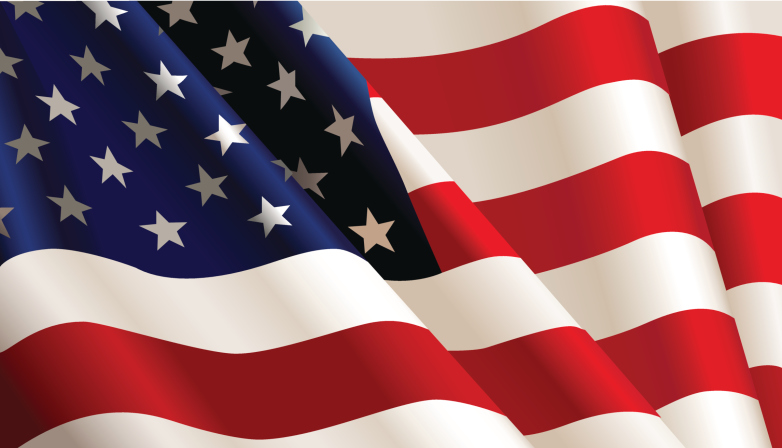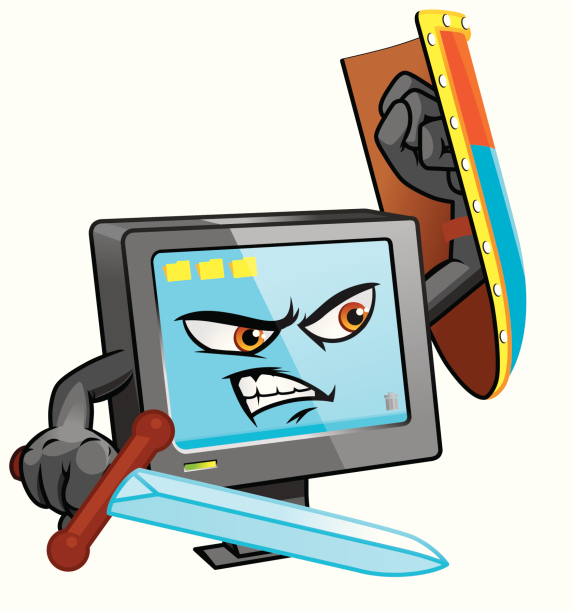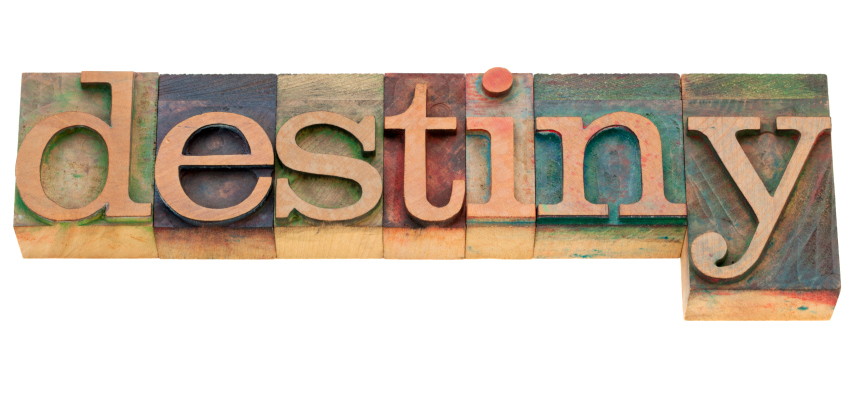|
Following successful completion of this lesson, students will be able to:
- Read a selection of material to build an understanding of Old English literature
- Research words’ etymology
- Identify literary elements in Anglo-Saxon literature
- Understand epic poetry
- Create a presentation
The above objectives correspond with the following Alabama Course of Study Objectives: CCRS 7Analyze multiple interpretations of a story, drama, or poem (e.g., recorded or live production of a play or recorded novel or poetry), evaluating how each version interprets the source text. (Include at least one play by Shakespeare.), CCRS 9By the end of Grade 12, read and comprehend literature, including stories, dramas, and poems, at the end of the Grades 11-College and Career Readiness (CCR) text complexity band independently and proficiently. , CCRS 13Determine the meaning of words and phrases as they are used in a text, including figurative, connotative, and technical meaning; analyze how an author uses and refines the meaning of a key term or terms over the course of a text (e.g., how Madison defines faction in The Federalist No. 10). , CCRS 20Write informative or explanatory texts to examine and convey complex ideas, concepts, and information clearly and accurately through the effective selection, organization, and analysis of content. , CCRS 20aInclude formatting (e.g., headings), graphics (e.g., figures, tables), and multimedia when useful to aiding comprehension., CCRS 24Use technology, including the Internet, to produce, publish, and update individual or shared writing products in response to ongoing feedback, including new arguments or information., CCRS 25Conduct short as well as more sustained research projects to answer a question, including a self-generated question, or solve a problem; narrow or broaden the inquiry when appropriate; synthesize multiple sources on the subject, demonstrating understanding of the subject under investigation, CCRS 26Gather relevant information from multiple authoritative print and digital sources, using advanced searches effectively; assess the strengths and limitations of each source in terms of the task, purpose, and audience; integrate information into the text selectively to maintain the flow of ideas, avoiding plagiarism and overreliance on any one source and following a standard format for citation., CCRS 32Gather relevant information from multiple authoritative print and digital sources, using advanced searches effectively; assess the strengths and limitations of each source in terms of the task, purpose, and audience; integrate information into the text selectively to maintain the flow of ideas, avoiding plagiarism and overreliance on any one source and following a standard format for citation., CCRS 33Make strategic use of digital media (e.g., textual, graphical, audio, visual, and interactive elements) in presentations to enhance understanding of findings, reasoning, and evidence and to add interest., and CCRS 38cConsult general and specialized reference materials (e.g., dictionaries, glossaries, thesauruses), both print and digital, to find the pronunciation of a word or determine or clarify its precise meaning, its part of speech, its etymology, or its standard usage.. |
Introduction
In the remaining lessons in this unit, you will read an Anglo-Saxon epic poem in which the hero, Beowulf, is an embodimentpersonification of the Anglo-Saxon heroic tradition. An epic poem is a long narrative poem, telling of the heroic deeds of a man of high stature whose outcome is significant to his people. The epic hero is a warrior hero who fights the unending battle of good versus evil; he is a champion of freedom and justice; he is devoted to duty, loyal to family, and courageous in battle. Beowulf is all of these things as he shows superhuman strength and courage as he fights sea demons and monsters.
At the end of the unit, you will be required to write a five paragraph essay. Keep that in mind as you are completing your graphic organizers for these lessons because they will help you with your prewriting.
Graphic Organizers
As you complete the graphic organizers for each of the three main conflicts in Bewoulf: Beowulf vs. Grendel, Beowulf vs. Grendel's Mom, Beowulf vs. the Dragon, keep in mind which ideas interest you the most. Your graphic organizers play a huge role in your essay topics.
Unit 1 Epic Hero Graphic
Beowulf is the poem's epic hero. To embody this status, he has to go endure epic adventures.
1. He goes on a long journey or quest.
2. The setting is wide-spread.
3. He completes heroic deeds of great valour.
4. He has superhuman strength.
5. He battles monsters and supernatural forces.
Complete the Unit 1 Epic Hero Graphic as you read.
Unit 1 Symbolism Graphic
A symbol is when an object represents something beyond its literal meaning.

When you see the United States Flag, what comes to mind? It is a red, white, and blue cloth that has stars on it, but it also means something else, something deeper. What does it stand for symbolically? (freedom, independence, liberty, justice, states)
Beowulf is filled with symbols. When you are reading, pay particular attention to the symbolic meaning of gold and treasure.
Complete the Unit 1 Symbolism Graphic as you read.
Unit 1 Qualities of Grendel and His Mother
Grendel and his mother represent evil in the poem. They have many qualities that suggest they are part human as well. When you give inanimate objects human characteristics, you are personifying that object.

As you read through the first two conflicts, think about what human characteristics Grendel and his mother have.
Complete the Unit 1 Qualities of Grendel and His Mother as you read.
Unit 1 Belief in Wyrd or Fate
Wyrd means fate or destiny, which is a pagan belief (heathen or uncivilized religion). In mythology, fate controls all aspect of life in mortals. Beowulf is filled with Wyrd and Christian beliefs. However, it is assumed that the Monks added in the Christian beliefs to the poem.

As you read through the excerpts of the poem, complete Unit 1 Belief in Wyrd or Fate.


